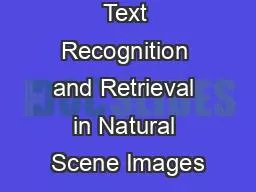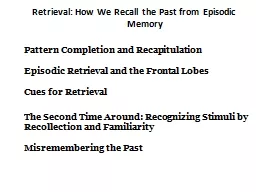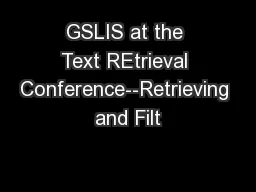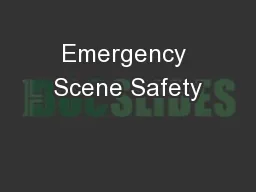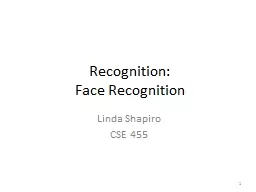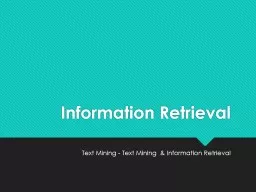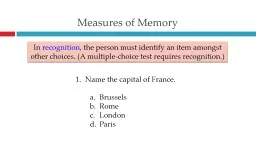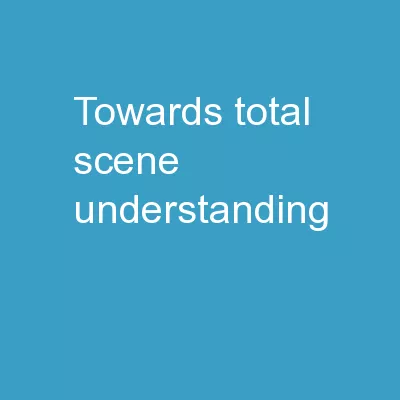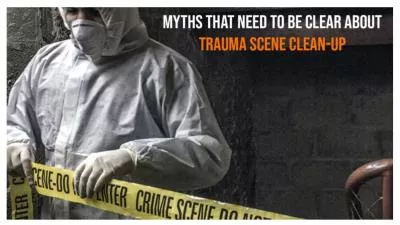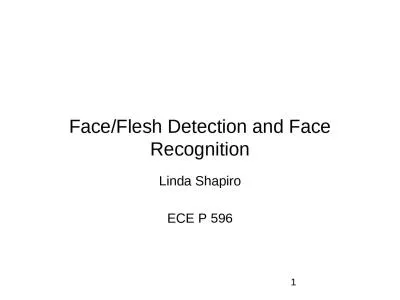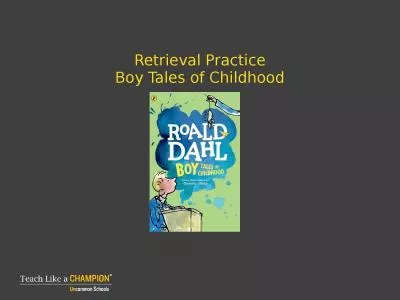PPT-Text Recognition and Retrieval in Natural Scene Images
Author : nonhurmer | Published Date : 2020-06-24
Udit Roy CVIT IIIT Hyderabad Advisor C V Jawahar Coadvisor Karteek Alahari Inria Overview Introduction Text Detection Cropped Word Recognition amp Retrieval EndtoEnd
Presentation Embed Code
Download Presentation
Download Presentation The PPT/PDF document "Text Recognition and Retrieval in Natura..." is the property of its rightful owner. Permission is granted to download and print the materials on this website for personal, non-commercial use only, and to display it on your personal computer provided you do not modify the materials and that you retain all copyright notices contained in the materials. By downloading content from our website, you accept the terms of this agreement.
Text Recognition and Retrieval in Natural Scene Images: Transcript
Download Rules Of Document
"Text Recognition and Retrieval in Natural Scene Images"The content belongs to its owner. You may download and print it for personal use, without modification, and keep all copyright notices. By downloading, you agree to these terms.
Related Documents

